Understanding Spider Bites in Australia
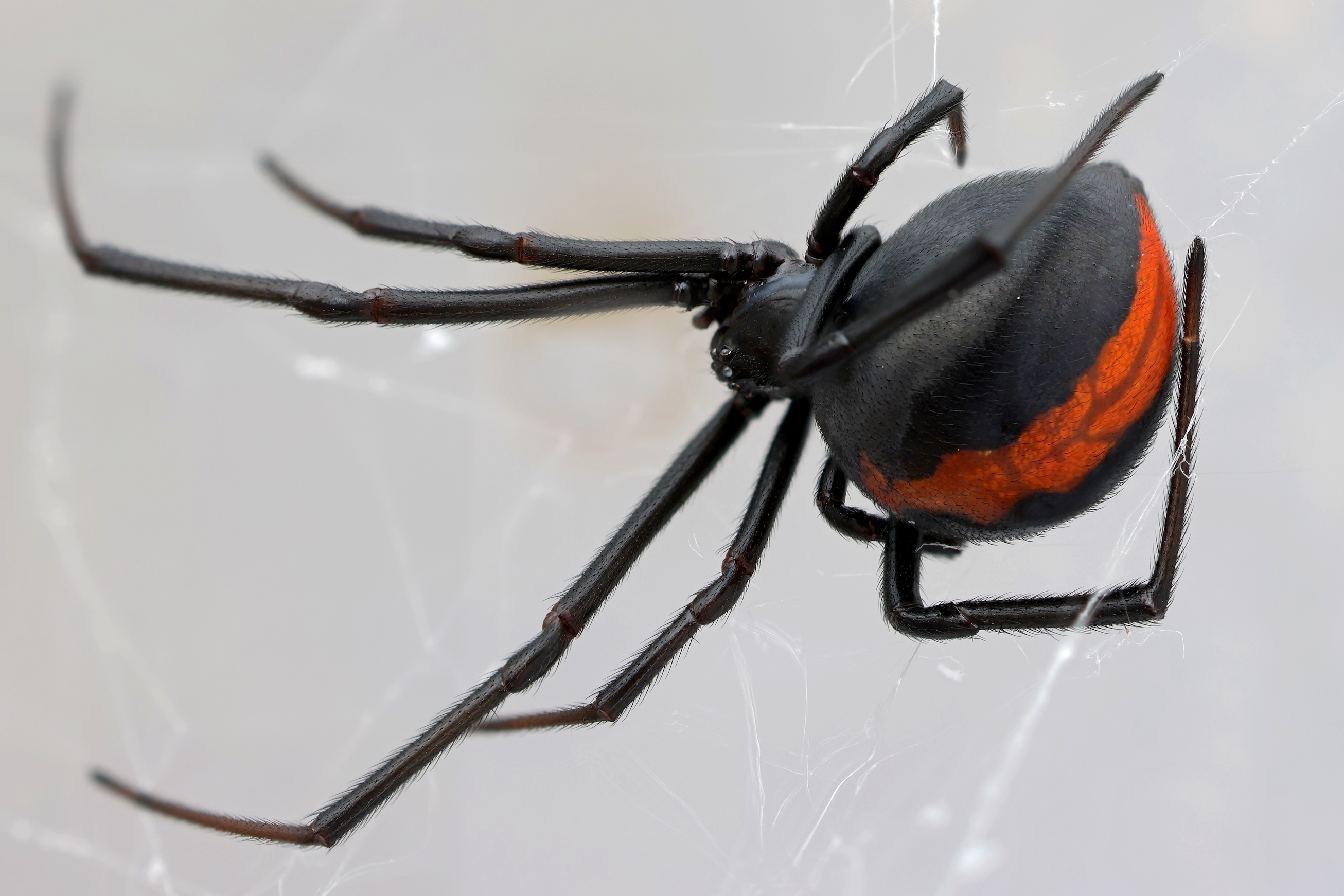
Australia is home to a diverse range of spiders, many of which play an essential role in controlling insect populations. While the idea of being bitten by a spider can be alarming, the reality is that spider bites in Australia are rarely life-threatening. Only a small number of species, such as the Sydney funnel-web spider (Atrax robustus) and the redback spider (Latrodectus hasseltii), produce venom capable of causing serious medical complications. The vast majority of Australian spider bites cause mild reactions, including redness, swelling, and temporary discomfort, rather than severe illness.
Common Myths vs. Facts About Spider Bites
There are many misconceptions surrounding spider bite identification in Australia, leading to unnecessary fear and misinformation. Some of the most common myths include:
- Myth: All Australian spiders are venomous and deadly.
- Fact: While Australia has some of the world’s most venomous spiders, most species do not pose a significant threat to humans. In fact, bites from many common spiders, such as the huntsman or garden orb-weaver, are harmless and do not require medical treatment.
- Myth: All spider bites cause severe symptoms and require antivenom.
- Fact: The majority of spider bites in Australia cause only localised symptoms, such as mild pain, redness, or swelling. Antivenom is only required for a few species, including the Sydney funnel-web and redback spider.
- Myth: You should try to suck out the venom or cut the bite site.
- Fact: These outdated first aid methods can do more harm than good. Instead, applying appropriate first aid, such as using a pressure immobilisation bandage for certain bites, is the safest approach.
The Importance of Early Identification and Treatment
Although most Australian spider bites are not dangerous, early identification is essential for ensuring the correct treatment is given. Recognising the type of spider involved can help determine whether medical attention is needed. Spider bite identification in Australia relies on assessing the symptoms and, where possible, identifying the spider itself.
Certain species, such as the funnel-web spider, require urgent first aid and medical intervention, while others, like the common house spider, typically cause only mild reactions. Understanding the differences between various spider bites in Australia ensures that the right treatment is applied promptly, reducing anxiety and improving outcomes.
What Does a Spider Bite Look Like?
Recognising a spider bite can be challenging, as symptoms vary depending on the species and individual reactions. While some bite marks from spiders are easy to identify, others may resemble insect bites or skin irritations. Knowing what a spider bite looks like can help differentiate between a harmless bite and one that requires medical attention.
Visual Characteristics of a Spider Bite
Unlike mosquito or ant bites, which often present as small, itchy bumps, spider bites can have distinct visual signs. The bite marks from spiders may appear as:
- A single puncture mark (in some cases) or two small fang marks close together
- Redness and swelling, particularly in the first few hours
- Blisters or ulcers, which may develop in more severe cases
- Necrosis (tissue death), although rare, in venomous bites like those from a recluse spider (not native to Australia but occasionally reported)
- Minimal immediate pain, followed by delayed discomfort in some cases, such as with white-tailed spider bites
Spider Bites vs. Other Insect Bites: Spotting the Differences
Many people mistake spider bites for other insect bites, such as those from ants or mosquitoes. Understanding the differences between a spider vs. ant bite can assist in spider bite identification and determining the best treatment approach.
Bite Type | Visual Characteristics | Common Symptoms |
Spider Bite | Puncture marks, redness, possible swelling or blisters | Localised pain, swelling, sometimes systemic symptoms |
Ant Bite | Raised, red, and itchy bump; may have a white centre | Burning or stinging pain, potential allergic reaction |
Mosquito Bite | Small, round, red bump, often itchy | Mild irritation, itching, swelling |
Tick Bite | Small red bump with potential black centre | Possible itchiness, risk of allergic reaction |
If you suspect a venomous spider has bitten you, it's essential to monitor symptoms and seek medical advice if severe reactions occur.
Common Signs of a Spider Bite
Although symptoms vary depending on the species, some common indicators of spider bite swelling and reaction include:
- Localised redness and swelling within the first few hours
- Pain at the bite site, ranging from mild discomfort to intense pain (e.g., funnel-web and redback spider bites)
- Blisters or lesions, sometimes forming an ulcer in the days following the bite
- Necrosis (rare), more commonly associated with the white-tailed spider in Australia
- Systemic symptoms in more severe cases, such as nausea, sweating, or muscle pain
Understanding what a spider bite looks like and how it differs from other insect bites ensures the appropriate response. If you're ever unsure, consulting a medical professional can provide clarity.
Common Spider Bite Symptoms & Reactions
Spider bites can cause a variety of reactions, ranging from mild irritation to severe envenomation, depending on the species and the individual’s response. Understanding how long for spider bite symptoms to show and recognising whether the reaction is mild or severe is essential for determining the right course of action.
How Long Do Spider Bite Symptoms Take to Show?
The onset of spider bite symptoms in Australia can vary significantly. For most non-venomous bites, symptoms appear within minutes to hours and gradually subside. However, for venomous spiders such as the redback or funnel-web, spider bite reactions in Australia can develop more quickly and intensify over time.
- Mild bites – Symptoms may develop within 30 minutes to a few hours
- Venomous bites – Symptoms can appear within minutes to an hour and worsen if left untreated
- Delayed reactions – Some bites, such as those from a white-tailed spider, can lead to skin irritation or ulcers that emerge over several days
Mild vs. Severe Reactions
Most spider bite reactions in Australia are mild and do not require medical attention. However, recognising the difference between a mild and severe reaction can be lifesaving.
Reaction Type | Common Symptoms | Action Required |
Mild Reaction | Localised pain, swelling, redness, itching, small spider bite lump | Clean bite site, apply ice, monitor for worsening symptoms |
Moderate Reaction | Spider bite with rash, increased swelling, discomfort lasting over 24 hours | Seek medical advice if symptoms persist or worsen |
Severe Reaction | Intense pain, nausea, sweating, muscle spasms, difficulty breathing, rapidly growing spider bite knot | Call 000 immediately and administer first aid |
Symptoms of Venomous Spider Bites
Bites from certain venomous spiders, such as the Sydney funnel-web spider and redback spider, can lead to severe medical complications if untreated. Knowing the signs of spider bite symptoms in Australia is essential for early intervention.
Redback Spider Bite Symptoms
- Intense, burning pain at the bite site (Does a spider bite burn? Yes, especially redback bites.)
- Sweating, nausea, and abdominal pain
- Increasing discomfort over hours to days
Funnel-Web Spider Bite Symptoms
- Immediate, intense pain and swelling
- Rapid progression to severe symptoms, including difficulty breathing and muscle spasms
- Excessive sweating, nausea, and confusion
White-Tailed Spider Bite Symptoms
- Spider bite with rash, redness, and mild pain
- Some cases may lead to a spider bite knot or ulceration at the site
- Generally not life-threatening, but may take weeks to heal
When to Seek Medical Help
While most spider bite reactions in Australia are mild, seek emergency medical attention if you experience:
- Severe pain that spreads beyond the bite area
- Symptoms that worsen over time rather than improve
- Signs of an allergic reaction (e.g., difficulty breathing, dizziness)
- Any spider bite lump or knot that grows rapidly or shows signs of infection
Identification Guide: Australian Spider Bites with Pictures
Australia is home to hundreds of spider species, but only a handful pose a serious risk to humans. Identifying a bite correctly can help determine whether medical attention is needed. While spider bite pictures in Australia are helpful, symptoms and the location of the bite also play a critical role in assessment. Below is a guide to some of the most common Australian spider bites, including how they look and the typical reactions they cause.
Redback Spider Bites
What Does a Redback Spider Bite Look Like?
A redback spider bite is often difficult to spot at first but worsens over several hours. The bite site may appear:
- Small and red, with minimal swelling initially
- Increasingly painful, with the pain spreading over time
- Sometimes forming a pale centre with redness around it
Symptoms & Duration
- Intense burning pain at the bite site (Does a spider bite burn? Yes, redback bites often feel like a hot, stinging sensation.)
- Sweating, nausea, abdominal pain, and muscle weakness
- Symptoms can last several days to weeks if untreated
- Antivenom is available for severe cases

Huntsman Spider Bites
What Does a Huntsman Spider Bite Look Like?
Despite their large size, huntsman spiders are not highly venomous to humans. If bitten, you may notice:
- Two small puncture marks
- Mild redness and swelling
- Localised pain or itching
Symptoms & Reactions
- Mild to moderate pain at the bite site
- Occasional mild swelling but no major medical concerns
- Some individuals may experience mild allergic reactions
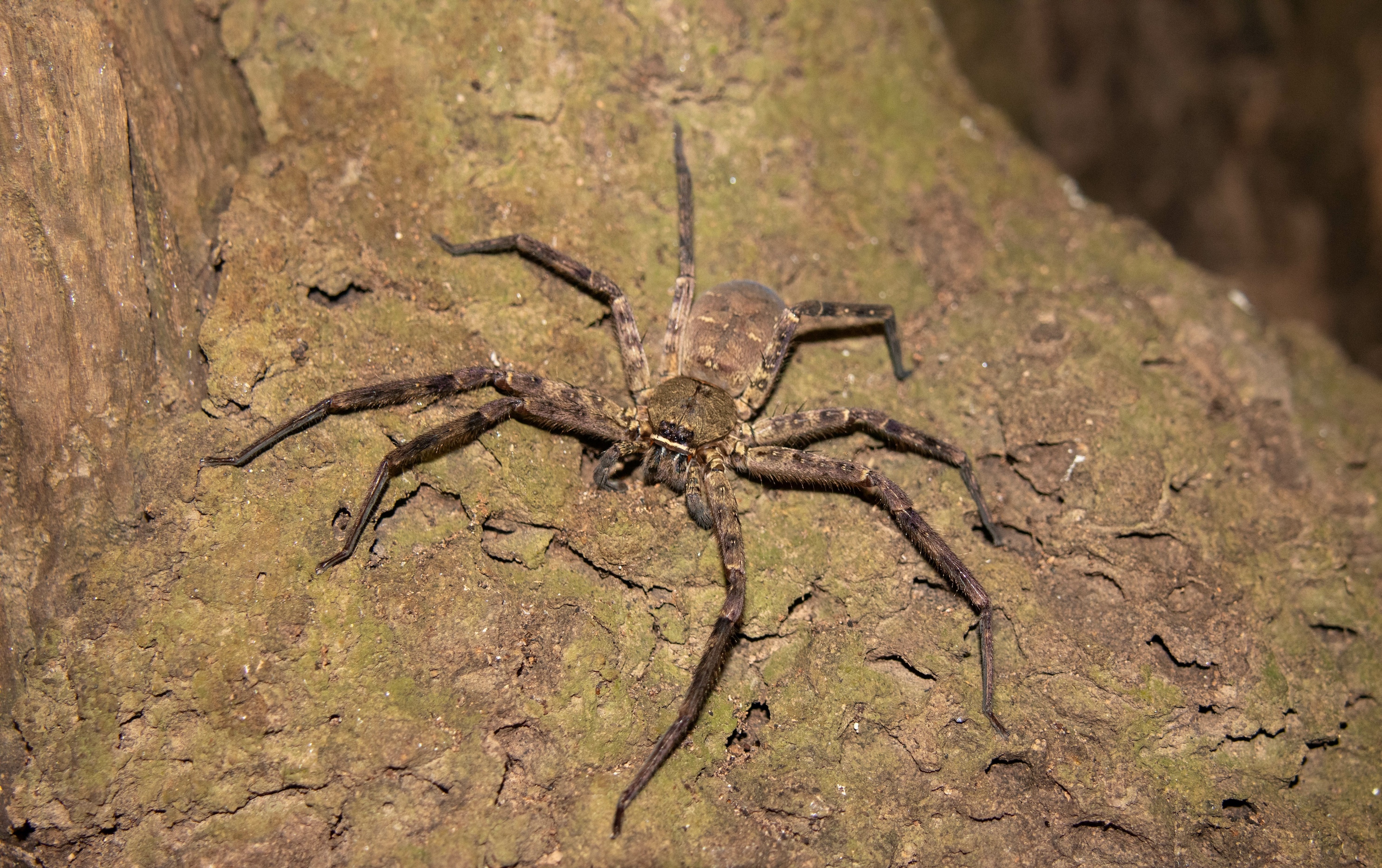
Sydney Funnel-Web Spider Bites
What Does a Sydney Funnel-Web Spider Bite Look Like?
A funnel-web spider bite is one of the most dangerous in Australia and requires immediate first aid. The bite site may show:
- Visible puncture marks
- Immediate and intense pain
- Rapidly spreading redness and swelling
Symptoms & Deadly Risks
- Severe pain within minutes
- Excessive sweating, nausea, muscle twitching, and difficulty breathing
- Progressive paralysis in severe cases
- CALL 000 IMMEDIATELY and apply a pressure immobilisation bandage
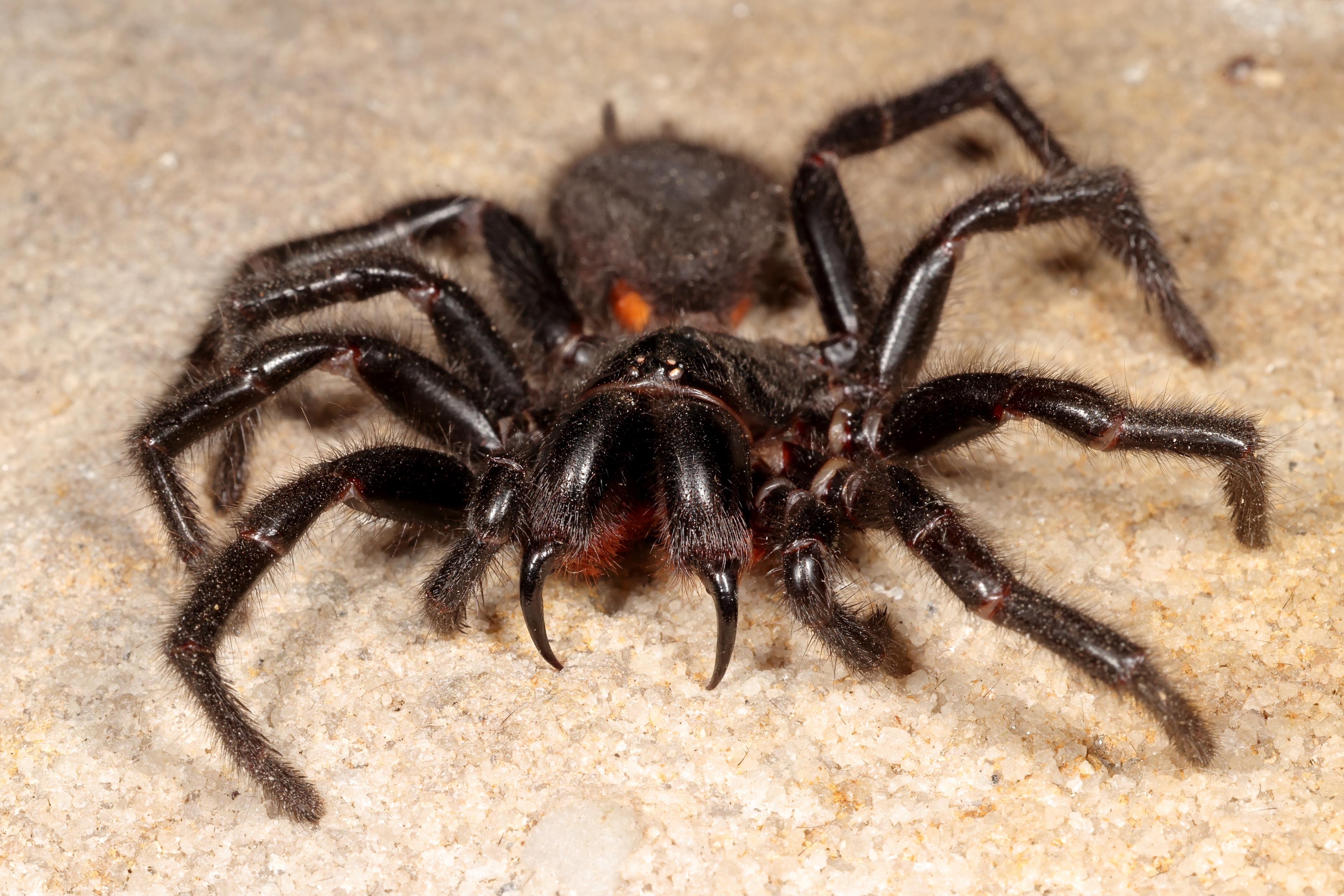
House Spider Bites
Bitten by a House Spider?
House spiders are common in Australian homes, but most are not venomous. Some species, such as the black house spider, can cause mild discomfort. Identifying spider bites in Australia from house spiders includes:
- Small red bump or single puncture mark
- Mild swelling and itchiness
- No severe symptoms
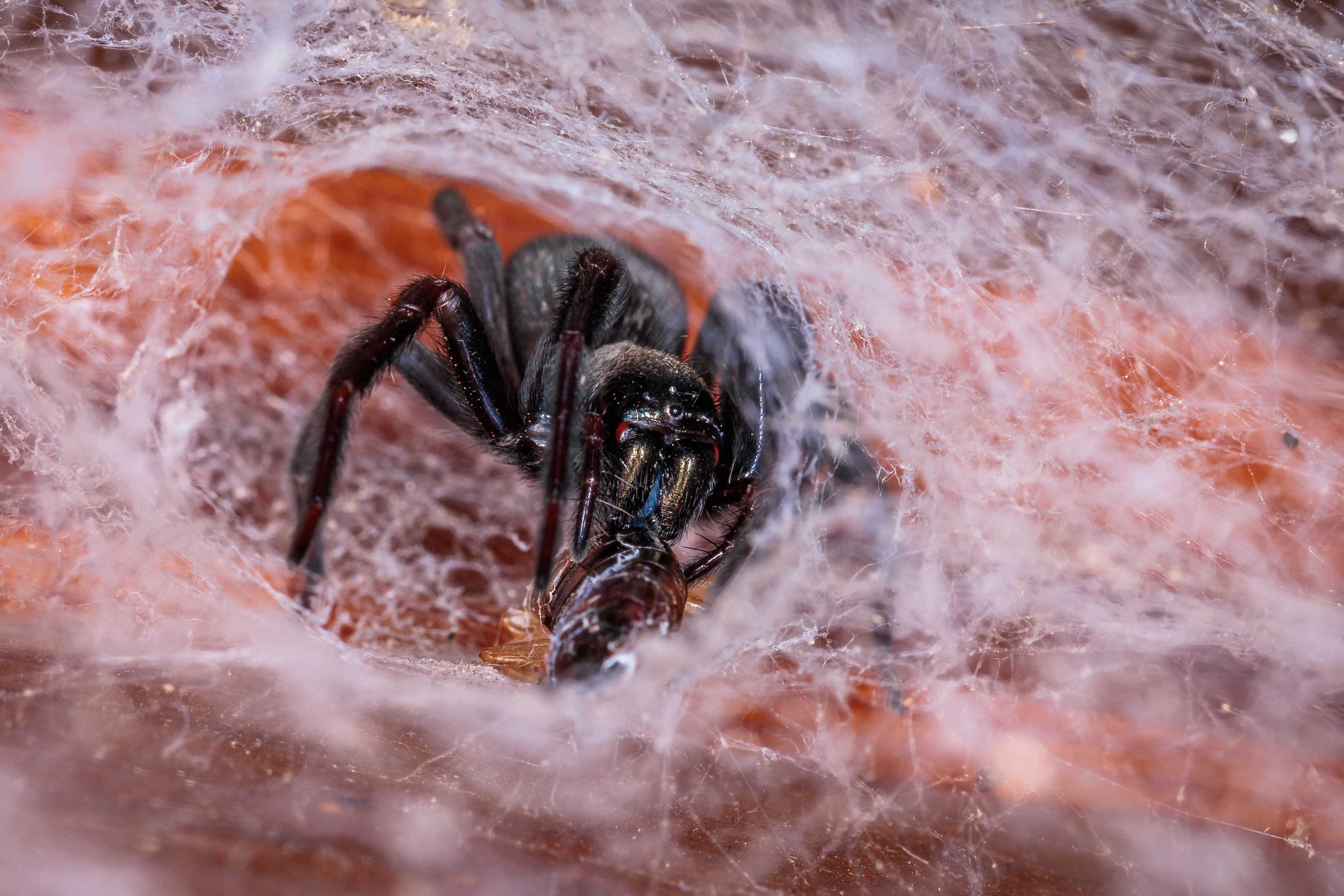
White-Tailed Spider Bites
- Red, irritated bite site
- Some cases may develop blisters or ulceration
- Spider bite with rash possible, but necrotic skin damage is rare
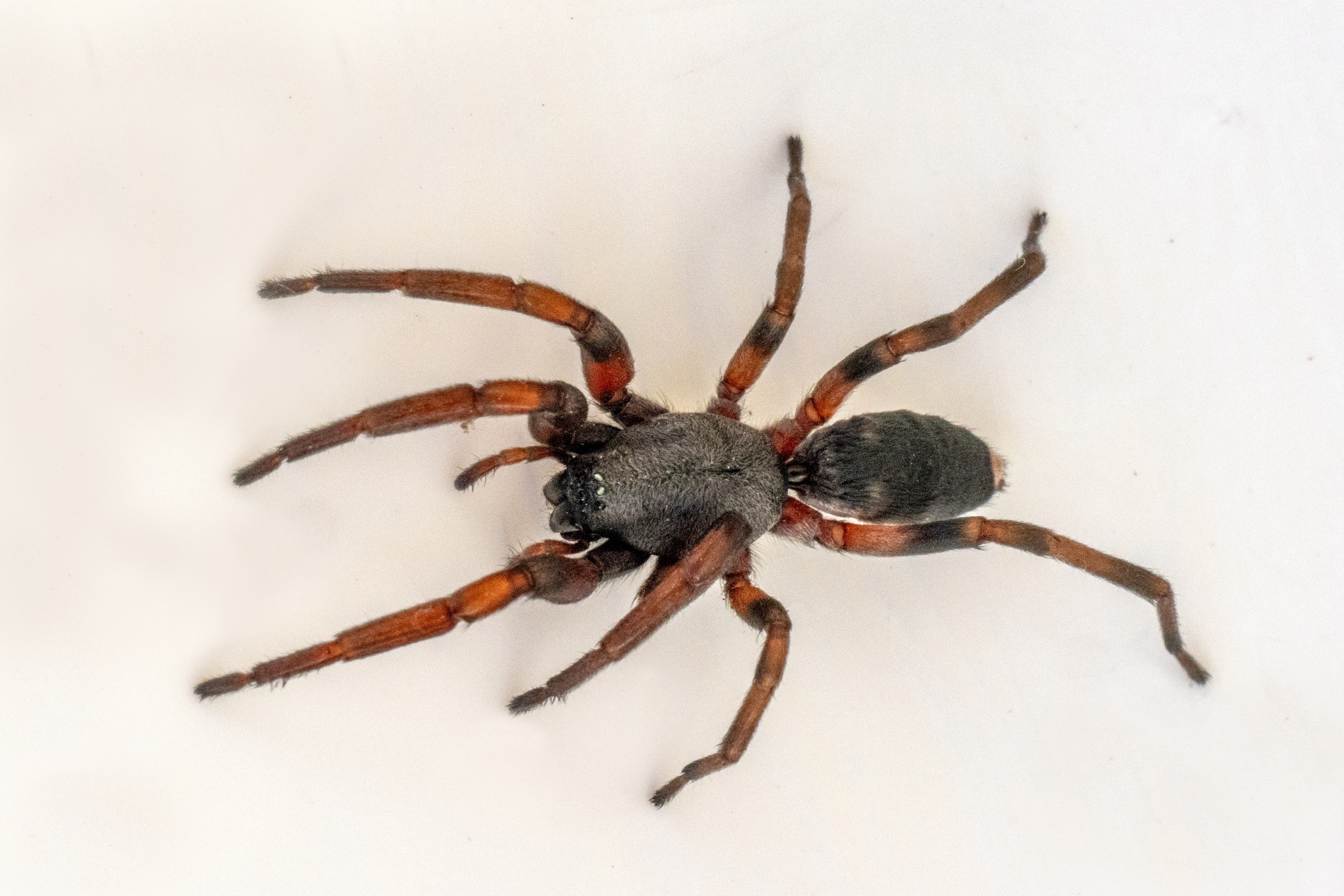
Mouse Spider Bites
- Can cause symptoms similar to funnel-web bites but often less severe
- Immediate medical attention recommended for deep bites
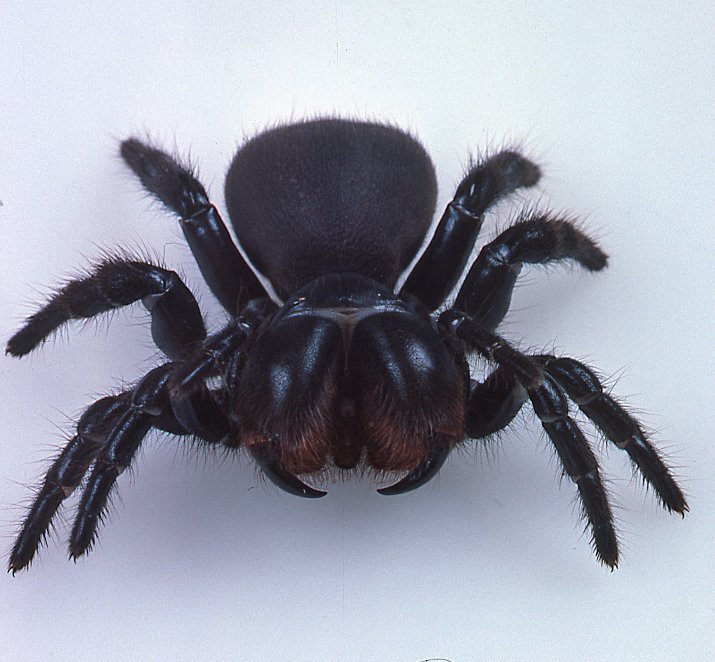
Wolf Spider Bites
- Mild swelling, redness, and itching
- Often confused with ant bites
- Rarely causes systemic reactions
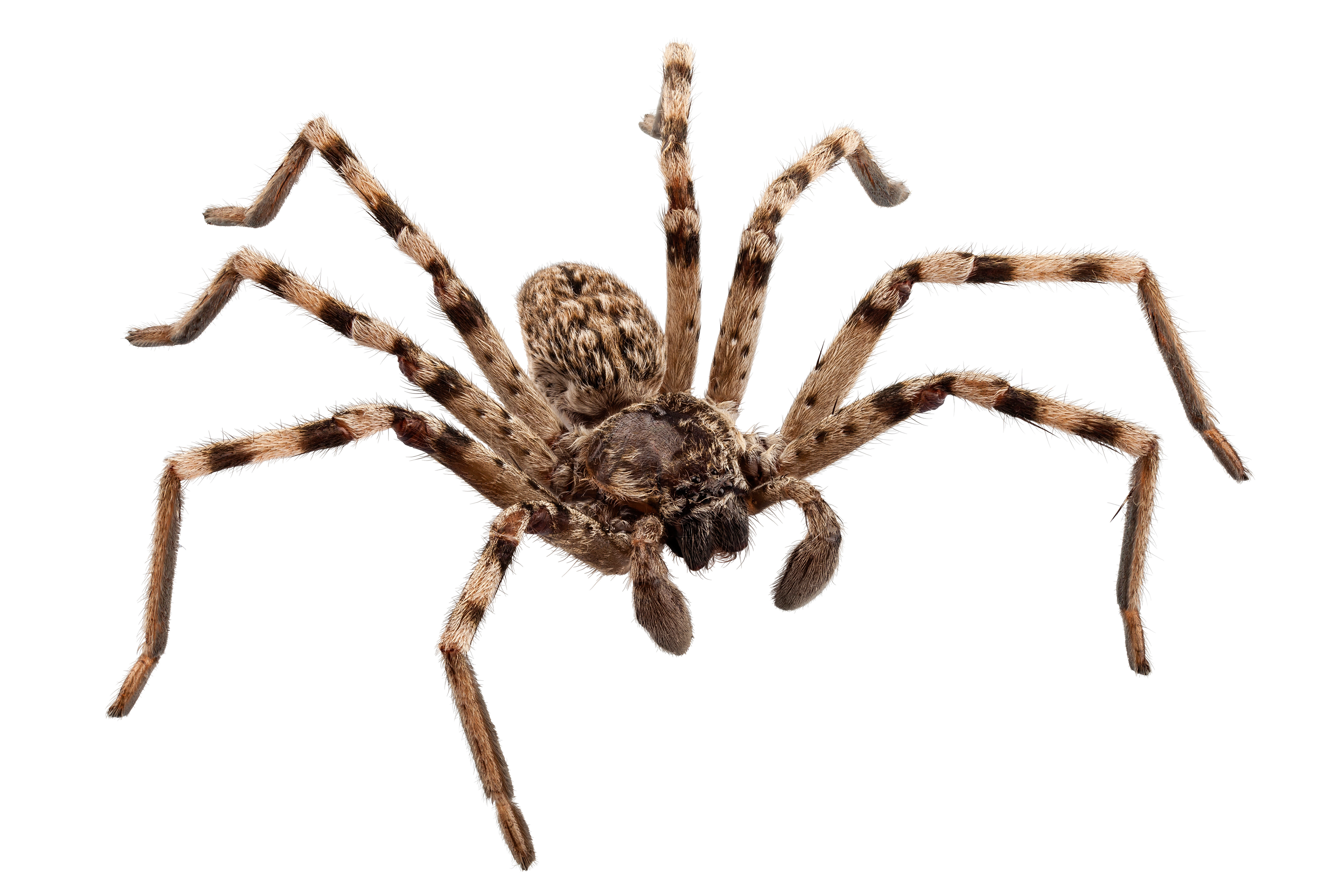
When to Be Concerned About a Spider Bite?
While most spider bites in Australia cause only mild symptoms, certain bites can lead to serious complications. Knowing when to be concerned about a spider bite is crucial for ensuring the right medical response. In this section, we’ll cover signs of a dangerous bite, red flags to watch for, and when to seek urgent medical help.
Signs of a Serious Spider Bite
Many people wonder, "How do I know if a spider bite is serious?" The answer depends on the type of spider, the severity of the symptoms, and individual reactions. A minor spider bite will typically cause localised redness, swelling, and discomfort, while a more severe bite can lead to systemic symptoms and complications.
Key signs that a bite may be serious include:
- Intense, spreading pain that does not subside within a few hours
- Significant spider bite swelling, particularly if it continues to grow
- A rapidly forming blister or ulcer (spider bites Australia blisters)
- Fever, chills, or dizziness
- Severe nausea, vomiting, or sweating
- Muscle spasms, breathing difficulties, or paralysis
If you experience any of these symptoms, it’s essential to seek medical attention immediately.
Red Flags: When to Worry About a Spider Bite
While most spider bites heal on their own, certain red flags indicate a potentially dangerous envenomation or serious reaction. When to be worried about a spider bite Australia depends on the following warning signs:
Red Flag | Why It’s Concerning |
Severe pain that worsens | Some venomous spiders, like the redback spider, cause pain that intensifies over time rather than fading |
Large or spreading swelling | Funnel-web and mouse spider bites can cause rapid swelling, which can lead to breathing difficulties |
Blisters or necrosis at the bite site | Some bites, like those from a white-tailed spider, may lead to skin ulceration |
Signs of an allergic reaction | Hives, difficulty breathing, swelling of the lips, or throat tightness suggest a severe allergic response |
Rapid muscle twitching, sweating, or confusion | Funnel-web spider venom can cause toxic reactions affecting the nervous system |
If you notice any of these symptoms, you should seek immediate medical help.
When to Seek Medical Help?
If you’ve been bitten by a house spider, you may only experience minor irritation. However, if you are unsure of the type of spider or how to tell if you have a spider bite, it’s always better to monitor symptoms closely.
Call 000 Immediately If:
- The bite is from a Sydney funnel-web spider or redback spider
- You experience severe pain, dizziness, or confusion
- You develop trouble breathing or signs of anaphylaxis
- There is rapidly worsening swelling beyond the bite site
See a Doctor If:
- The bite becomes infected (pus, worsening redness, spreading rash)
- A blister forms and worsens over time
- Symptoms persist longer than a few days
What Does a Spider Bite Feel Like?
The feeling of a spider bite varies depending on the species:
- Some bites feel like a pinprick, followed by delayed swelling
- Others may cause immediate sharp pain, like funnel-web bites
- Redback bites may start mild, then develop into intense burning pain
If you're ever in doubt about spider bites and when to worry, err on the side of caution and seek medical advice.
How Long Do Spider Bites Last & How to Treat Them?
Most spider bites in Australia heal without complications, but the recovery time depends on the species of spider, the severity of the bite, and individual factors such as allergies or pre-existing conditions. Some bites resolve in a matter of days, while others—such as redback spider bites—may cause discomfort for weeks. Understanding how long a spider bite lasts and when medical treatment is necessary can help ensure a smooth recovery.
How Long Does It Take for a Spider Bite to Heal?
The duration of spider bite symptoms varies based on the type of bite. Some people may only experience mild irritation, while others may suffer longer-lasting pain and swelling.
Spider Type | How Long Do Symptoms Last? | Healing Time |
Minor spider bites (e.g., Huntsman, House Spiders) | Symptoms last a few hours to 1-2 days | Fully healed in 3-7 days |
Redback Spider Bites | Pain can last hours to weeks if untreated | 1-3 weeks, longer in severe cases |
Funnel-Web Spider Bites | Symptoms develop immediately | Medical emergency – requires antivenom |
White-Tailed Spider Bites | Mild pain or ulceration | Days to several weeks if ulceration occurs |
Many people ask, "How long does it take a spider bite to heal?" In most cases, non-venomous spider bites should fully heal within a week, but venomous spider bites may take weeks to months, depending on severity.
At-Home Remedies vs. Medical Treatments
For most mild spider bites, at-home care is enough to relieve symptoms and prevent complications. However, some bites require medical treatment—especially those from venomous spiders.
At-Home Treatments for Mild Spider Bites
If the bite is not from a dangerous species, the following steps can help manage symptoms:
- Wash the bite site with soap and water to reduce infection risk.
- Apply a cold compress (ice pack wrapped in cloth) for 10-15 minutes every hour to reduce swelling and pain.
- Elevate the affected limb if possible.
- Take pain relief medication, such as paracetamol or ibuprofen, for discomfort.
- Avoid scratching, as this can lead to infection.
- Monitor for worsening symptoms, especially blisters, spreading redness, or severe swelling (spider bite blister Australia).
If you're uncertain about what spider bites look like, referring to a spider bite identification chart can help in recognizing spider bites.
Medical Treatments for Venomous Spider Bites
Some bites require urgent medical attention. If bitten by a redback, funnel-web, or mouse spider, follow these steps:
- For Redback Spider Bites:
- Do NOT apply a pressure bandage (this can worsen symptoms).
- Seek medical help if pain increases or persists beyond a few hours.
- Antivenom is available for severe cases.
- How long do redback spider bite symptoms last? Without treatment, weeks; with antivenom, much shorter.
- For Funnel-Web Spider Bites: (and mouse spiders)
- Call 000 immediately – this is a medical emergency.
- Apply a pressure immobilisation bandage to slow venom spread.
- Keep the patient still and lying down.
- Antivenom is required to neutralise the venom.
- For White-Tailed Spider Bites:
- Some cases develop a spider bite blister or ulceration.
- Seek medical advice if the wound becomes infected or worsens over time.
When to See a Doctor
Many people ask, "When should I be concerned about a spider bite?" While most bites heal without complications, medical attention is necessary if:
- The bite becomes infected (spreading redness, pus, increasing pain).
- A blister forms and worsens over several days.
- The pain does not improve after 48 hours.
- You experience nausea, dizziness, sweating, or fever.
- The bite is from a funnel-web, redback, or mouse spider.
If you're unsure about spider bite identification or experiencing prolonged symptoms, consult a doctor.
Preventing Spider Bites: Tips for Australian Homes & Outdoors
While many spider bites in Australia are harmless, some can cause pain, swelling, and serious reactions. The best way to avoid a bite is by understanding where spiders hide, taking preventative measures at home, and knowing what to do if you’re bitten outdoors.
Common Hiding Spots for Spiders
Spiders prefer dark, undisturbed areas where they can hunt insects and build webs. Knowing where spiders are likely to be can help you avoid unwanted encounters.
Indoor Hiding Spots:
- Under furniture (sofas, beds, and cabinets)
- Inside shoes, clothing, and bedding left undisturbed
- Cupboards, pantries, and storage areas
- Behind curtains, under sinks, and in laundry baskets
- Garages, sheds, and basements
Outdoor Hiding Spots:
- Under rocks, logs, and piles of leaves
- In woodpiles, compost bins, and garden sheds
- Inside outdoor furniture, BBQ covers, and mailboxes
- Around window frames, gutters, and roof eaves
- Under house foundations or in cracks in brickwork
By being aware of where spiders hide, you can take steps to prevent accidental bites when reaching into dark or concealed spaces.
How to Prevent Spider Bites at Home
Reducing spider populations around your home lowers the risk of being bitten. Follow these simple steps to keep spiders away:
✅Seal cracks and gaps in doors, windows, and walls to prevent entry.
✅Keep storage areas tidy to remove hiding spots.
✅Shake out shoes, clothing, and bedding before use, especially if left outside.
✅Vacuum regularly, especially in corners and under furniture.
✅Declutter sheds, garages, and basements to minimise dark hiding spots.
✅Keep garden areas tidy by trimming overgrown plants and removing woodpiles.
✅Use insect screens on windows and doors to keep spiders and other bugs out.
✅Use natural deterrents like citrus peels, vinegar, or essential oils (peppermint, eucalyptus) to discourage spiders.
If you suspect a venomous spider (such as a redback or funnel-web) is inside your home, do not attempt to remove it yourself—contact a pest control professional.
What to Do If You Get Bitten in the Wild
For people who spend time outdoors, the risk of a spider bite increases, especially when camping, hiking, or gardening. If you're bitten while in the wild, follow these immediate first aid steps:
1. 1. Stay calm and identify the spider if possible, without putting yourself in danger.
2. 2. Move to a safe area to avoid further bites.
3. 3. Apply first aid based on the suspected spider species:
a. For redback spider bites:DO NOT apply a pressure bandage—use an ice pack and seek medical help.
b. For funnel-web or mouse spider bites: Apply a pressure immobilisation bandage and call 000 immediately.
c. For mild bites: Wash with soap and water, apply ice, and monitor for symptoms.
4. 4. Monitor for worsening symptoms, including severe pain, swelling, dizziness, or nausea.
5. 5. Seek medical attention if symptoms worsen or a venomous spider is suspected.
Recognising Spider Bites: When to Be Cautious
Not all spider bites in Australia cause severe symptoms, but it’s important to recognise the signs of a potentially dangerous bite. Many people ask, “What do spider bites look like?” While symptoms vary, venomous bites often cause intense pain, swelling, and redness.
For reference, checking spider bite identification charts or spider bites in Australia pictures can help identify common bite reactions. If a bite rapidly swells, blisters, or causes spreading pain, seek medical advice immediately.
Conclusion: Staying Safe from Spider Bites in Australia
While spider bites in Australia are common, most are mild and cause minimal discomfort. However, certain bites—such as those from redback, funnel-web, and mouse spiders—can lead to serious medical complications. By understanding how to identify a spider bite, recognising when to be concerned, and following proper first aid, you can effectively manage spider bite symptoms and reduce risks.
Key Takeaways from This Guide
✅Most spider bites cause mild symptoms, including redness, swelling, and itching.
✅Dangerous spider bites (e.g., funnel-web, redback, and mouse spiders) can cause severe pain, sweating, nausea, and even paralysis.
✅Spider bites can last from a few days to several weeks, depending on the severity and species.
✅Prevention is key—keeping your home tidy, sealing gaps, and shaking out clothes and shoes reduces the risk of Australian spider bites.
✅When outdoors, be cautious when moving logs, rocks, and reaching into hidden spaces.
When to Visit a Doctor for a Spider Bite
While many spider bites heal on their own, seek medical attention if:
- The pain worsens instead of improving within 24–48 hours.
- A blister or ulcer forms and grows (spider bites Australia blisters).
- Swelling spreads rapidly or becomes severe (spider bite swell).
- Symptoms include dizziness, nausea, fever, or muscle weakness.
- You have been bitten by a known venomous spider (e.g., funnel-web, redback).
- Signs of an allergic reaction appear, such as trouble breathing or throat swelling (Call 000 immediately).
First Aid for Spider Bites
🚨 For Venomous Spider Bites (Funnel-Web, Mouse Spider)
✅Call 000 immediately—this is a medical emergency.
✅Apply a pressure immobilisation bandage (same as snake bite first aid).
✅Keep the person still and calm to slow venom spread.
✅Monitor for worsening symptoms until medical help arrives.
🔥 For Redback Spider Bites
✅Do NOT apply a pressure bandage (this can worsen symptoms).
✅Apply an ice pack to reduce pain and swelling.
✅Seek medical help if symptoms worsen—antivenom is available.
🩹 For Mild Spider Bites (Huntsman, House Spiders, Wolf Spiders, etc.)
✅Wash the bite site with soap and water.
✅Apply a cold compress to reduce swelling and discomfort.
✅Take pain relief (paracetamol or ibuprofen) if needed.
✅Monitor the bite for signs of infection or worsening symptoms.
Being informed about spider bite identification, treatment, and prevention helps you stay safe at home and outdoors. Most spider bites in Australia cause mild symptoms, but knowing when to seek medical help is critical in preventing serious complications. If you ever suspect a dangerous bite, seek medical advice immediately—it’s always better to be cautious when dealing with spider bites and swelling.
By taking preventative steps and knowing how to respond, you can greatly reduce the risk of spider bites and ensure quick and effective treatment when needed.
What to know more:
Sign up to a first aid course through Allens Training by visiting www.allenstraining.com.au or www.findtraining.com.au

Nationally-Recognised
& Accredited Courses
- Popular Courses11 Courses
- First Aid Courses65 Courses
- Agriculture & Chemicals Courses1 Courses
- Anaphylaxis Training Courses5 Courses
- Chainsaw Training Courses6 Courses
- Construction, Industry and Resources Courses52 Courses
- White Card Courses7 Courses
- LVR Training Courses3 Courses
- Fire & Emergency Courses19 Courses
- Food Safety Courses4 Courses
- Health & Safety Courses11 Courses
- Health Care Setting Courses8 Courses
- Home & Community Care Courses9 Courses
- Online Courses24 Courses
- Qualifications3 Courses
- Specimen Collection Courses1 Courses
- Sport, Fitness and Recreation Courses17 Courses
- Wellbeing & Child Protection Courses7 Courses
- Pool Safety Inspector PD6 Courses
Share This Article:
Articles, Updates & Announcements
from Allen’s Training
Read More

Be the Key to Safer Pools: Professional Development for Licensed Pool Safety Inspectors
Continue Reading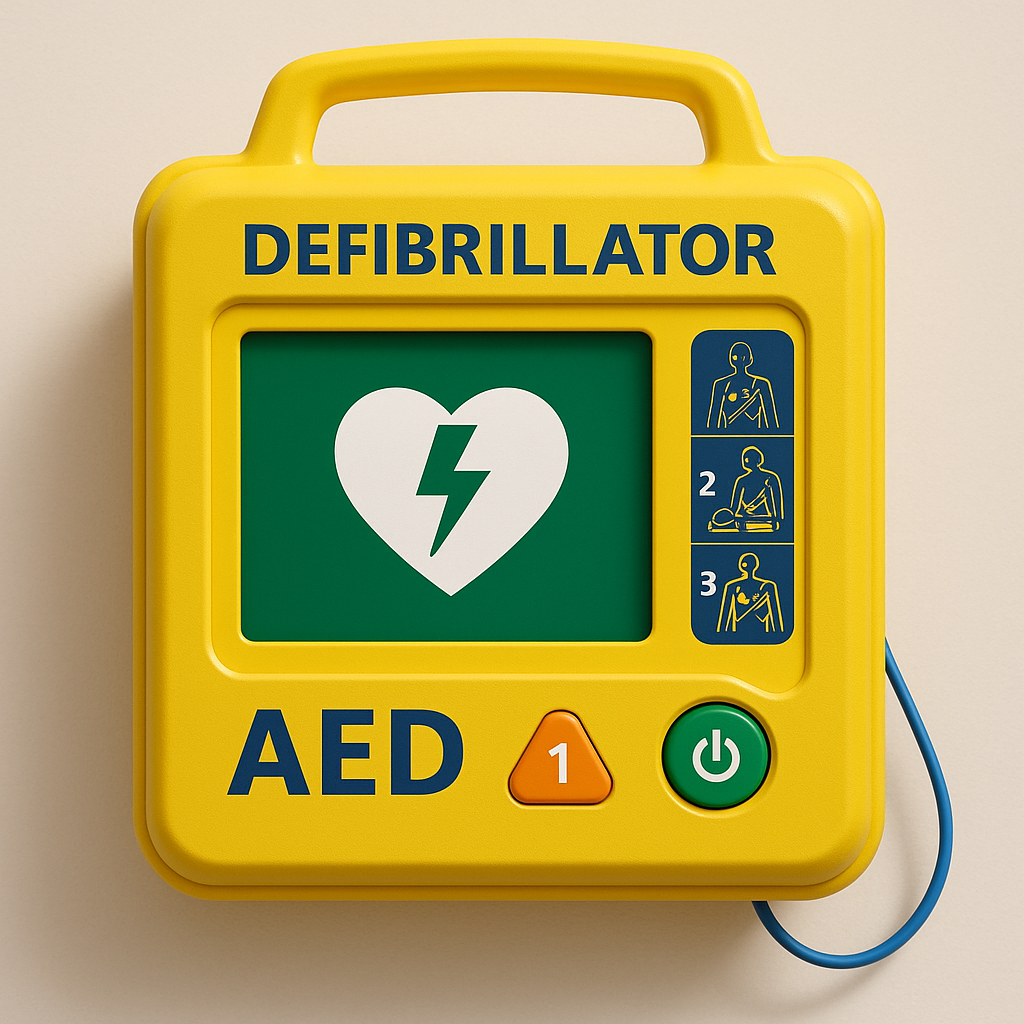
How to Use an AED
Continue Reading
🌍 World First Aid Day – Would You Know What to Do in an Emergency?
You’re out shopping when someone collapses nearby. People freeze. A few gather. Time ticks by. Would you know what to do? On Saturday 13th September, we recognise World First Aid Day a global reminder that knowing first aid isn’t just a nice skill to have. It’s something that could save a life a friend’s, a stranger’s, or even your own. Emergencies don’t wait for professionals. In those first cruc...
Continue Reading